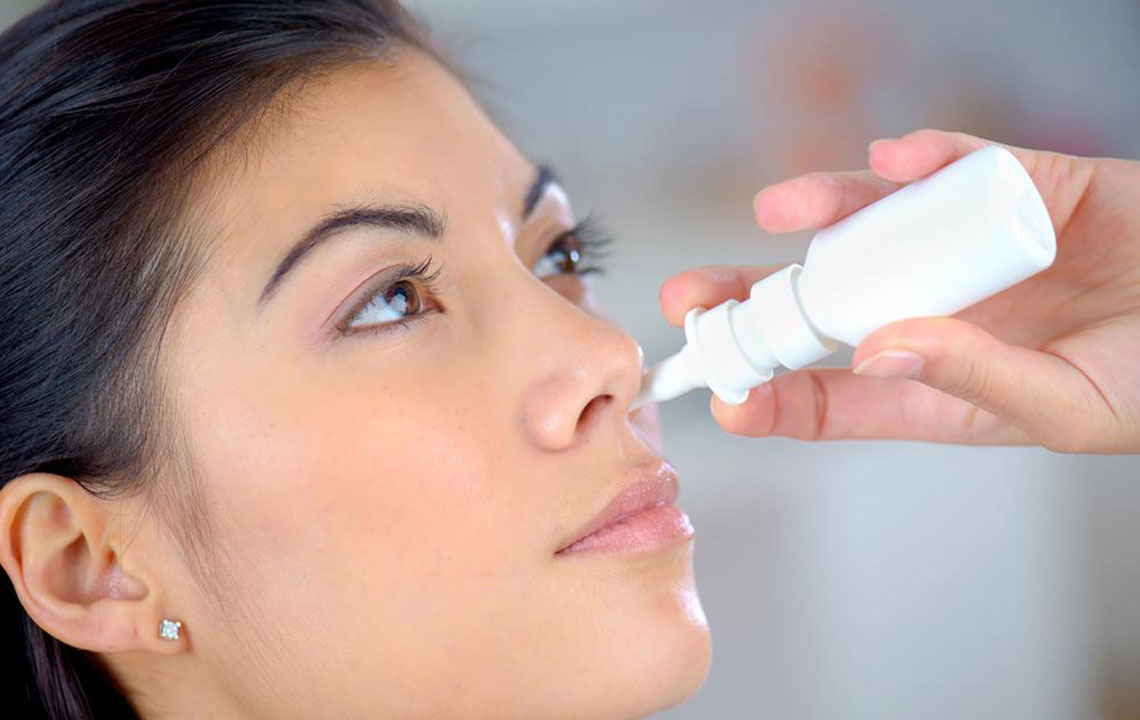Effective Strategies for Managing Nasal Allergy Sprays
Explore effective nasal spray treatments for allergy relief, including decongestants, antihistamines, and steroids. Learn safe usage tips, potential side effects, and when to consult a healthcare professional for personalized care. Ideal for allergy sufferers seeking quick, targeted relief with proper medical guidance.

Effective Strategies for Managing Nasal Allergy Sprays
Nasal sprays are commonly used to alleviate allergy symptoms affecting the nasal passages. They provide quick relief and are available over the counter, but consulting a healthcare professional beforehand is recommended to avoid potential complications.
These sprays come in various types, including decongestants, antihistamines, and corticosteroids, each targeting different allergy symptoms. Proper use and awareness of side effects are crucial for safety and effectiveness.
Decongestant sprays like Sinex, Afrin, and Dristan reduce nasal swelling by constricting blood vessels. However, their use should be limited to three days to prevent rebound congestion or infections. Individuals with high blood pressure or glaucoma should consult a doctor prior to use.
Antihistamine nasal sprays, such as Patanase and Astepro, are effective against sneezing, runny nose, and congestion. They may cause drowsiness, but less so than oral antihistamines, and should be used under medical supervision.
Corticosteroid nasal sprays like Nasonex, Flonase, and Zetonna help reduce nasal swelling and improve breathing, especially in severe allergy cases. These require consistent use over a few days to weeks and may produce side effects such as headaches or nasal irritation.
Nasal crom (Cromolyn) prevents histamine release, offering fast relief, sometimes within 30 minutes. It works best if started 5-7 days before allergy onset, making it ideal for allergy-prone individuals. Side effects can include nasal burning and sneezing.
Atrovent nasal spray, available only via prescription, reduces mucus production and is effective for certain nasal allergies. It’s unsuitable for those with glaucoma or prostate issues and may cause headaches or nasal discomfort.
Consult a healthcare provider before using any nasal spray or medication, as self-medication can lead to adverse effects.










